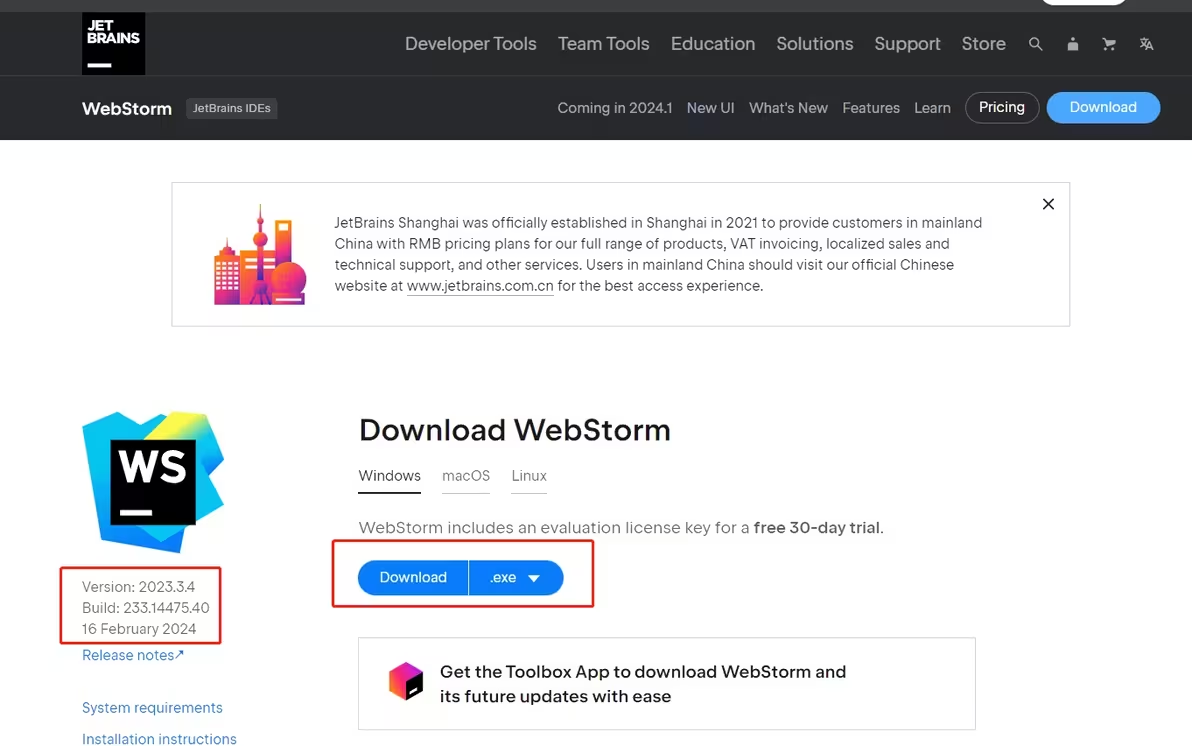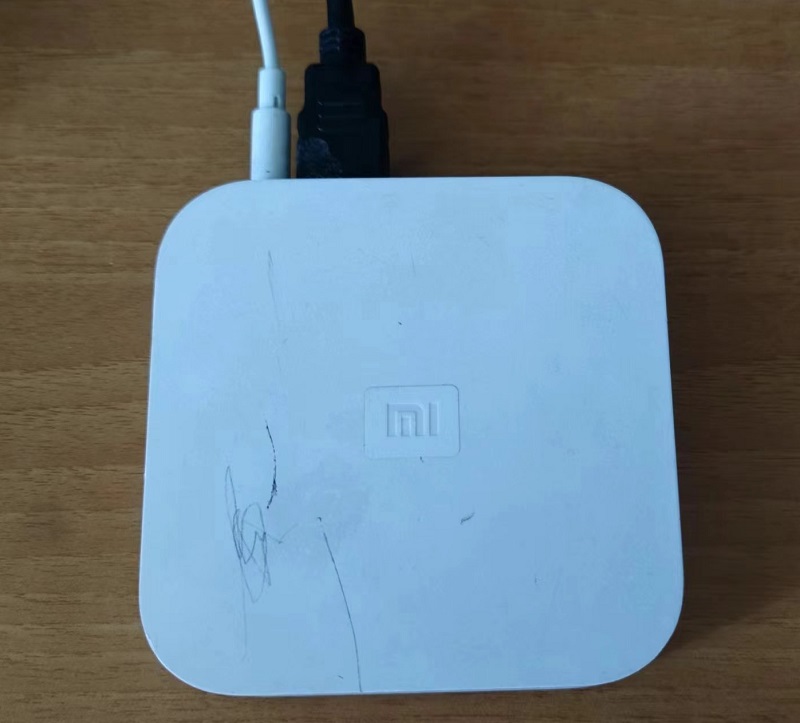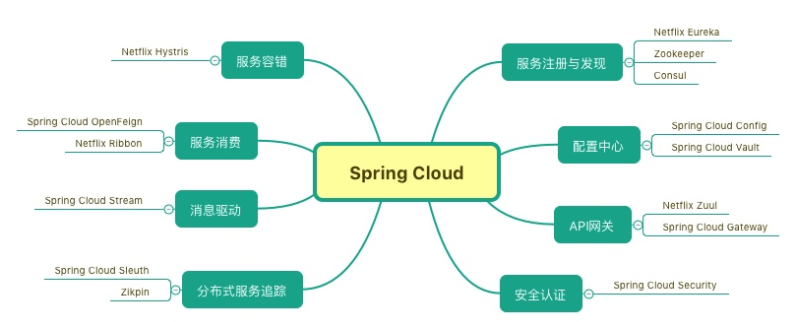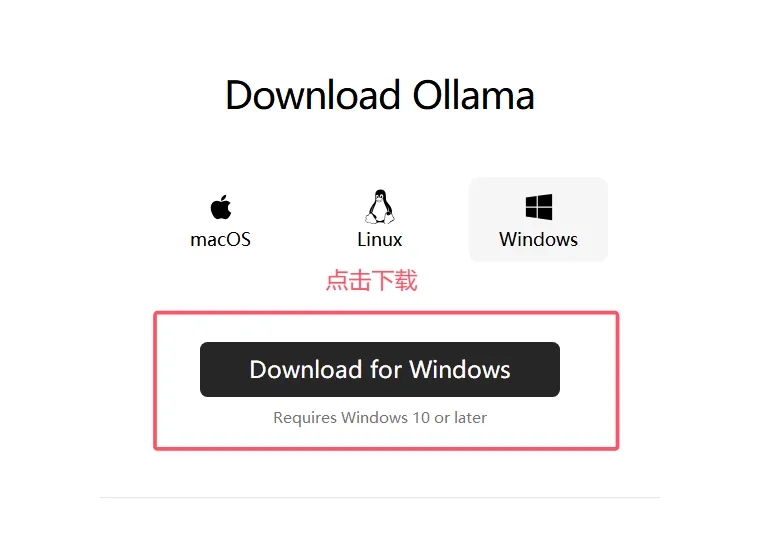在微服务架构日益流行的今天,远程过程调用(RPC)技术成为连接各个服务的重要桥梁。本文将详细比较传统RPC与谷歌开发的gRPC框架,通过具体示例展示它们在请求处理、数据格式、性能等方面的差异。
基本概念回顾
RPC (远程过程调用) 是一种允许程序调用另一台计算机上服务的通信协议,是分布式计算的基础。
gRPC 是Google开发的高性能、开源RPC框架,基于HTTP/2协议并使用Protocol Buffers作为接口定义语言。
请求处理方式对比
传统RPC(以XML-RPC为例)
XML-RPC使用简单的HTTP POST请求,每次请求都需要建立新的TCP连接。
示例代码(XML-RPC客户端调用):
import xmlrpc.client
# 创建客户端
server = xmlrpc.client.ServerProxy("http://localhost:8000")
# 同步调用远程方法
result = server.get_user_info(user_id=123)
print(f"用户信息: {result}")
# 另一个请求需要重新建立连接
another_result = server.get_product_details(product_id=456)缺点:
-
每个请求都是独立的HTTP连接
-
不支持流式数据
-
连接复用能力弱
gRPC请求处理
gRPC基于HTTP/2,支持多路复用和双向流。
示例代码(使用gRPC客户端):
import grpc
import user_service_pb2
import user_service_pb2_grpc
# 创建channel连接
with grpc.insecure_channel('localhost:50051') as channel:
# 创建stub
stub = user_service_pb2_grpc.UserServiceStub(channel)
# 单次请求-响应
request = user_service_pb2.GetUserRequest(user_id=123)
response = stub.GetUser(request)
print(f"用户信息: {response.name}, {response.email}")
# 服务器流式RPC
for product in stub.ListProducts(user_service_pb2.ListProductsRequest(category="electronics")):
print(f"产品: {product.name}, 价格: {product.price}")
# 客户端流式RPC
def generate_logs():
logs = [
user_service_pb2.LogEntry(timestamp="2023-01-01", message="登录"),
user_service_pb2.LogEntry(timestamp="2023-01-02", message="购买商品"),
user_service_pb2.LogEntry(timestamp="2023-01-03", message="登出")
]
for log in logs:
yield log
summary = stub.ProcessLogs(generate_logs())
print(f"日志处理结果: {summary.success}")
# 双向流式RPC
responses = stub.Chat(generate_messages())
for response in responses:
print(f"收到消息: {response.text}")优点:
-
一个连接可处理多个并发请求(多路复用)
-
支持四种调用模式:
-
单次请求-响应
-
服务器流式RPC(一次请求,多次响应)
-
客户端流式RPC(多次请求,一次响应)
-
双向流式RPC(多次请求,多次响应)
-
-
减少了连接建立的开销
数据格式对比
传统RPC的数据格式(以JSON-RPC为例)
JSON-RPC请求示例:
{
"jsonrpc": "2.0",
"method": "getUserProfile",
"params": {
"userId": 12345,
"includeDetails": true
},
"id": 1
}JSON-RPC响应示例:
{
"jsonrpc": "2.0",
"result": {
"userId": 12345,
"username": "johndoe",
"email": "john@example.com",
"registrationDate": "2021-06-15",
"lastLogin": "2023-01-20T14:30:15Z",
"preferences": {
"theme": "dark",
"notifications": true
}
},
"id": 1
}特点:
-
人类可读的文本格式
-
结构灵活,没有严格的模式约束
-
序列化/反序列化开销较大
-
数据体积较大
gRPC的Protocol Buffers格式
Proto文件定义示例:
syntax = "proto3";
package user;
service UserService {
rpc GetUserProfile(UserRequest) returns (UserProfile) {}
}
message UserRequest {
int32 user_id = 1;
bool include_details = 2;
}
message UserProfile {
int32 user_id = 1;
string username = 2;
string email = 3;
string registration_date = 4;
string last_login = 5;
UserPreferences preferences = 6;
}
message UserPreferences {
string theme = 1;
bool notifications = 2;
}特点:
-
紧凑的二进制格式
-
结构由.proto文件严格定义
-
高效的序列化/反序列化
-
数据体积小,传输效率高
-
自动生成代码,类型安全
性能对比: 对于同样的用户数据,JSON格式可能需要约200字节,而Protocol Buffers可能只需要约50-100字节。序列化速度通常比JSON快2-10倍。
性能对比示例
场景:获取1000个用户信息
传统RPC(基于HTTP/1.1和JSON):
import requests
import json
import time
def get_users_rest():
start_time = time.time()
users = []
# 发送1000个独立的HTTP请求
for i in range(1000):
response = requests.get(f"http://api.example.com/users/{i}")
users.append(response.json())
end_time = time.time()
return len(users), end_time - start_time
count, duration = get_users_rest()
print(f"REST API: 获取了{count}个用户,耗时{duration:.2f}秒")
# 示例输出: REST API: 获取了1000个用户,耗时10.45秒使用gRPC:
import grpc
import user_pb2
import user_pb2_grpc
import time
def get_users_grpc():
start_time = time.time()
with grpc.insecure_channel('api.example.com:50051') as channel:
stub = user_pb2_grpc.UserServiceStub(channel)
# 使用流式RPC一次请求获取所有用户
request = user_pb2.GetUsersRequest(limit=1000)
users = list(stub.GetUsers(request))
end_time = time.time()
return len(users), end_time - start_time
count, duration = get_users_grpc()
print(f"gRPC: 获取了{count}个用户,耗时{duration:.2f}秒")
# 示例输出: gRPC: 获取了1000个用户,耗时1.23秒上述性能差异主要源于:
-
gRPC使用HTTP/2多路复用,减少连接建立开销
-
Protocol Buffers的高效二进制序列化
-
流式处理能力,减少了请求次数
服务定义方式对比
REST API(传统方式)
通常使用OpenAPI/Swagger来描述:
openapi: 3.0.0
info:
title: User Service API
version: 1.0.0
paths:
/users/{userId}:
get:
summary: 获取用户信息
parameters:
- name: userId
in: path
required: true
schema:
type: integer
responses:
'200':
description: 用户信息
content:
application/json:
schema:
type: object
properties:
userId:
type: integer
username:
type: string
email:
type: string特点:
-
使用HTTP动词表示操作
-
资源中心的设计
-
文档通常与实现分离
-
客户端代码通常需要手动实现
gRPC服务定义
使用Protocol Buffers IDL(接口定义语言):
syntax = "proto3";
package ecommerce;
service ProductService {
// 获取单个产品
rpc GetProduct(GetProductRequest) returns (Product) {}
// 搜索产品
rpc SearchProducts(SearchRequest) returns (stream Product) {}
// 批量上传产品
rpc UploadProducts(stream Product) returns (UploadSummary) {}
// 实时价格更新
rpc PriceWatch(stream PriceRequest) returns (stream PriceUpdate) {}
}
message GetProductRequest {
string product_id = 1;
}
message SearchRequest {
string query = 1;
int32 result_per_page = 2;
int32 page_number = 3;
}
message Product {
string id = 1;
string name = 2;
string description = 3;
double price = 4;
repeated string categories = 5;
ProductInventory inventory = 6;
}
message ProductInventory {
int32 quantity = 1;
string warehouse_id = 2;
}
message UploadSummary {
int32 success_count = 1;
int32 failure_count = 2;
}
message PriceRequest {
string product_id = 1;
}
message PriceUpdate {
string product_id = 1;
double new_price = 2;
string update_time = 3;
}特点:
-
明确的方法定义
-
严格的类型检查
-
可以自动生成客户端和服务端代码
-
接口、数据类型和实现紧密集成
错误处理对比
REST API错误处理
示例HTTP错误响应:
{
"error": {
"code": 404,
"message": "User not found",
"details": "The user with ID 12345 does not exist in our system"
}
}-
使用HTTP状态码表示错误类型
-
错误格式不标准,各服务可能不同
-
需要手动解析错误信息
gRPC错误处理
定义错误类型:
message ErrorDetail {
string field = 1;
string description = 2;
}
message ErrorResponse {
int32 code = 1;
string message = 2;
repeated ErrorDetail details = 3;
}服务端实现:
def GetUser(self, request, context):
user = database.find_user(request.user_id)
if not user:
context.set_code(grpc.StatusCode.NOT_FOUND)
context.set_details(f"User {request.user_id} not found")
return user_pb2.UserProfile() # 返回空对象
return user客户端处理:
try:
response = stub.GetUser(request)
print(f"用户信息: {response}")
except grpc.RpcError as e:
status_code = e.code()
if status_code == grpc.StatusCode.NOT_FOUND:
print(f"错误: 用户不存在 - {e.details()}")
else:
print(f"RPC错误: {status_code} - {e.details()}")特点:
-
标准化的错误码和错误处理机制
-
内置的状态码系统
-
客户端可以通过异常机制处理错误
-
更加类型安全
实际应用场景选择指南
选择传统RPC(REST、SOAP等)的场景:
-
前端直接调用API场景:
-
网页前端需要直接调用后端API
-
需要良好的浏览器兼容性
-
示例:电商网站的商品浏览页面
-
-
对接第三方开放平台:
-
大多数公开API仍使用REST风格
-
示例:接入支付宝、微信支付等第三方服务
-
-
简单的集成需求:
// 前端调用REST API示例 async function getUserProfile(userId) { const response = await fetch(`/api/users/${userId}`); if (!response.ok) { throw new Error('获取用户信息失败'); } return response.json(); }
选择gRPC的场景:
-
微服务内部通信:
-
服务之间需要高效通信
-
有明确定义的接口契约
-
示例:电商平台的订单服务调用库存服务、支付服务
-
-
实时数据流应用:
// Go语言实现股票价格实时推送服务 func (s *StockServer) PriceStream(request *pb.StockRequest, stream pb.StockService_PriceStreamServer) error { symbol := request.Symbol for { price := getLatestPrice(symbol) if err := stream.Send(&pb.StockPrice{ Symbol: symbol, Price: price, Timestamp: time.Now().Unix(), }); err != nil { return err } time.Sleep(1 * time.Second) } } -
移动应用与后端通信:
-
移动网络环境下对性能和数据量敏感
-
需要强类型保障API稳定性
-
示例:即时通讯应用
-
-
多语言环境:
-
不同语言开发的微服务需要互相调用
-
示例:Python数据处理服务与Go实现的API网关通信
-
总结
| 特性 | 传统RPC | gRPC |
|---|---|---|
| 传输协议 | 多样(HTTP/1.1, TCP) | HTTP/2 |
| 数据格式 | XML, JSON等 | Protocol Buffers |
| 代码生成 | 通常不自动生成 | 自动生成多语言客户端/服务端 |
| 流处理 | 不支持或有限支持 | 完全支持四种流模式 |
| 连接模型 | 通常是短连接 | 长连接+多路复用 |
| 类型安全 | 弱类型或手动校验 | 强类型 |
| 适用场景 | 简单集成、浏览器访问 | 微服务、高性能场景、多语言环境 |
gRPC带来了显著的性能提升和开发效率的提高,但也需要更复杂的基础设施支持。在选择技术栈时,应根据实际需求权衡利弊,选择最适合的解决方案。
来源链接:https://www.cnblogs.com/xiaoxiblog/p/18831929
如有侵犯您的版权,请及时联系3500663466#qq.com(#换@),我们将第一时间删除本站数据。













暂无评论内容